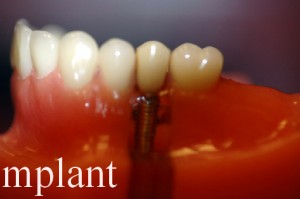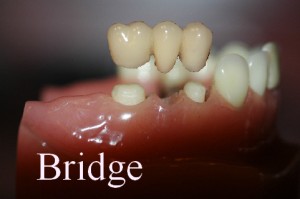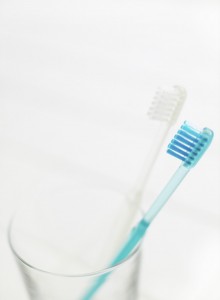 Most people understand that good personal oral hygiene is critical to dental health. Daily dental care and regular visits to your dentist and hygienist are key components of a healthy mouth. People have been finding effective and natural ways to relieve dental pain and clean their teeth since history began. The ancient people of India used twigs of the neem tree to clean their teeth. The neem tree has antiseptic qualities which were very effective for oral hygiene. Other ancient forms of dental hygiene tools included porcupine quills, animal hair and primitive toothpicks. Ancient Greeks kept special slaves to clean their teeth. The first toothbrush was used in 15th century China and was made from boar hair and a bamboo stick.
Most people understand that good personal oral hygiene is critical to dental health. Daily dental care and regular visits to your dentist and hygienist are key components of a healthy mouth. People have been finding effective and natural ways to relieve dental pain and clean their teeth since history began. The ancient people of India used twigs of the neem tree to clean their teeth. The neem tree has antiseptic qualities which were very effective for oral hygiene. Other ancient forms of dental hygiene tools included porcupine quills, animal hair and primitive toothpicks. Ancient Greeks kept special slaves to clean their teeth. The first toothbrush was used in 15th century China and was made from boar hair and a bamboo stick.
There are quite a few dental home remedies that originated in the period of history before the dental profession came to prominence, and some of those remedies can be useful even today.
Top 5 Dental Home Remedies
- For relief of inflammation of the gums surrounding an impacted wisdom tooth or other soft tissue inflammation, use saline soaks. Mix ¾ teaspoon of table salt in 16 ounces of very warm water. Dissolve the salt completely in the solution. Take a mouthful of the solution and hold it over the affected area until it cools, spit and repeat for at least 20 minutes. This home remedy can help relieve the pain of impacted wisdom teeth and other dental pain temporarily, until you can see a dentist or oral surgeon.
- For temporary relief from a toothache, try applying a few drops of clove oil to the affected tooth. Clo
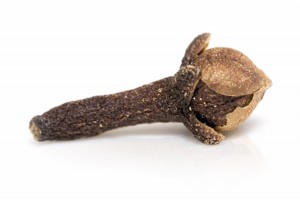 ve oil will help temporarily numb the pain in a localized area. For tooth aches and severe tooth decay, see a dentist right away.
ve oil will help temporarily numb the pain in a localized area. For tooth aches and severe tooth decay, see a dentist right away. - Mouth ulcers and cold sores inside the mouth are very painful. Applying a small amount of alum directly to the ulcer can help relieve the pain associated with mouth ulcers. Alum is a pickling salt commonly used in preparation of pickled vegetables. Use only a tiny amount, and if mouth ulcers persist be sure to see your doctor or oral surgeon for professional help.
- Home teeth whitening can be accomplished using baking soda, just like your mother always told you. Baking soda is an acid neutralizer and a mild abrasive which gently removes stains and buildup on your teeth. Baking soda is considered one of the safest home remedies for tooth whitening, and can be sprinkled directly on your toothpaste, or used alone up to twice a month.
- Even people who practice excellent oral hygiene can get bad breath from time to time. If you’ve had a particularly strong meal containing strong cheeses, garlic or onions, try chewing on clove, fennel or anise seeds to help freshen breath. You can also chew on a piece fresh parsley to freshen breath after a strong meal. Of course, brushing after a meal like this will also go a long way toward reducing bad breath after a meal.
Dangerous Home Remedies
Some commonly practiced dental home remedies can be extremely harmful to your teet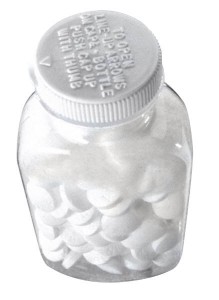 h and oral health. All of the above mentioned home remedies should be used in moderation to prevent problems associated with overuse. Here are a few old wive’s tales regarding dental remedies which you should avoid:
h and oral health. All of the above mentioned home remedies should be used in moderation to prevent problems associated with overuse. Here are a few old wive’s tales regarding dental remedies which you should avoid:
- Never place an aspirin directly on a tooth or gum tissue. Aspirin is an acid, and direct application of aspirin to your soft tissues can cause severe ulceration of the tissue and increase pain.
- Overuse of toothache gels can also cause soft tissue ulceration and pain.
- Never rub whiskey on a teething baby’s gums. Children should not consume alcohol in any amount, and whiskey has no numbing effect on the gums of a teething baby. Try a frozen teething ring instead.
- Beware of using Colloidal Silver for oral health. Consuming high amounts silver, which is absorbed into the body, causes silver toxicity as well as severe discoloration of the skin, called argyria, in which the skin turns bluish-gray.
The important thing to remember about dental home remedies is that anything in excess can be dangerous to your health. Remember to use any home remedy in moderation and never overuse any preparation. Home remedies for dental pain are intended for temporary relief. If your problems persist, be sure to seek treatment from a qualified dental professional right away.


